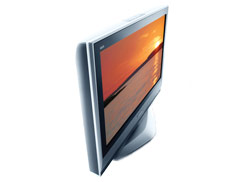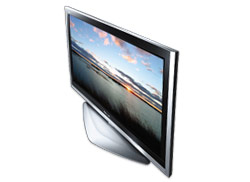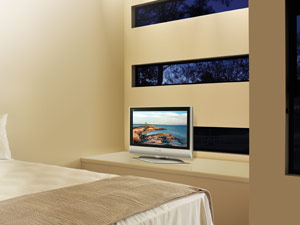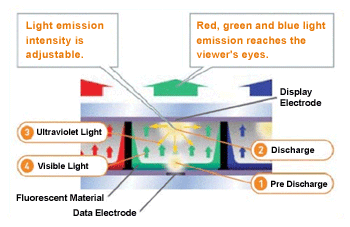|
Which screen size is right for you?
To get the best performance from your new flat panel TV, you must consider 3 factors:
- Viewing Distance
- Screen Size
- Screen Resolution HDTV(720P) or 1080P
720P HDTV Panel:
The minimum viewing distance recommended for an 720P HDTV panel and HDTV video signal is 2x the diagonal screen size.
For example, a 42" HDTV panel's minimum viewing distance is 7'. (42" x 2 = 84", 84 ÷ 12 = 7)
1080P HDTV Panel:
For 1080P It would be 5' minimum So note: If you plan on sitting further back than the minimum you will not benefit by 1080P.
What will be the most common video signal? (Cable TV, HDTV or DVD Video)
Always try to provide your TV with the best signal. Better quality cables and a high-definition signal will offer the best picture performance possible.
What is your lighting environment? (Lots of sun, incandescent or fluorescent)
Plasma TVs perform best under incandescent or halogen lighting while LCD perform better under fluorescent lighting. Lots of sunlight will wash out any TV display but a good set of lined drapes will solve that problem.
Where will the TV be located? (Mounted on a wall, on a shelf or floor stand)
Both plasma and LCD TVs from Panasonic can be hung on a wall, using wall brackets specifically designed for this application. It is a good idea to consult an install technician to ensure proper support for the TV and to neatly hide the wires. Most Flat panel TVs come with a matching pedestal stand for placement on a credenza or in a wall unit. Matching floor stands are also available for select plasma models.
|









